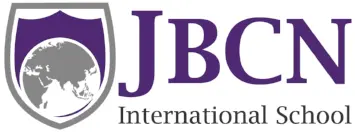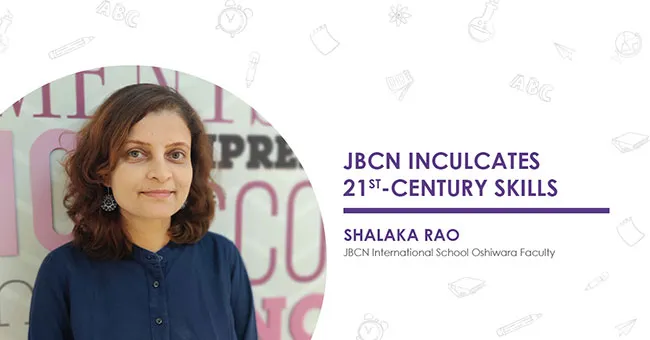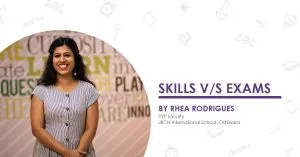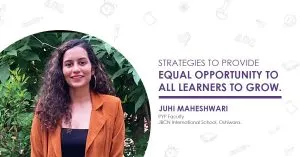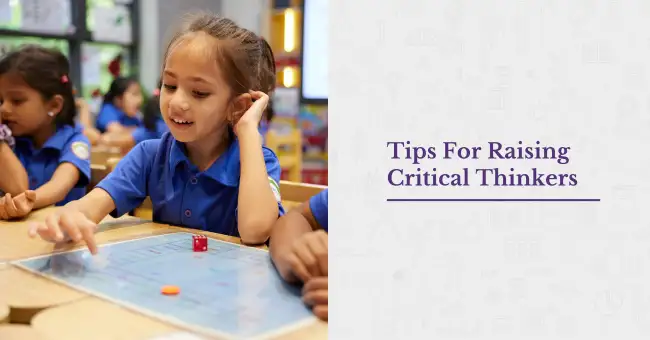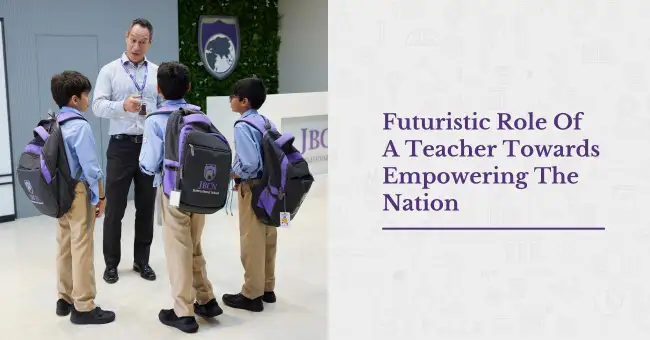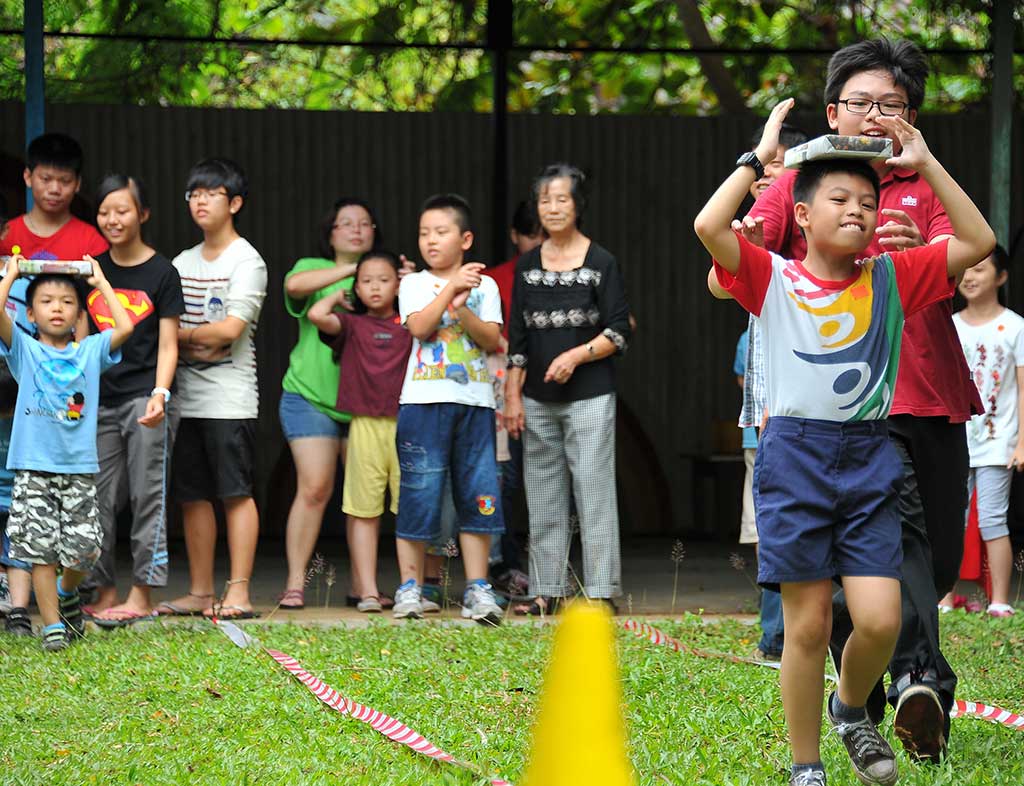
Teachers have donned the mantle of facilitators. No longer are we infallible...or ‘the be all and end all’ of education. Instead, we teachers, currently, have become students, lifelong learners who are accompanying our students on a journey of exploration and reflection. And it is the students who take the lead in classroom learning. Ownership is the key element of learner led classrooms.
Furthermore, active learning is quite the need of the hour and the norm in many schools in India and worldwide. And when such a radical change has been initiated in the classrooms, it goes without saying that newer pedagogical methodologies have come into existence and are being implemented to provide our learners with simulations of real-life situations and problems which they have to grapple with and resolve. Experiential/application based learning has long been the preferred choice in many Boards.
Active Learning is indeed the need of the hour! Even something as simple as asking a question becomes important. Asking open-ended questions is crucial. This is with reference to Bloom's taxonomy – Lower Order Thinking and Higher Order Thinking questions.
Active Learning is not about students running and jumping around (though this could be a part of active learning) but it is actually all about this part of your body being stimulated and active – the brain.
Active Learning takes care of many aspects…above average and average students are stretched and challenged to overreach themselves, besides it also helps in differentiation as SEN (Special Educational Needs) learners too are encouraged.
Some of the innovative active learning strategies that facilitate critical thinking, communication, collaboration and creativity (the 4 Cs of 21st-century learning) are:
1. Individual, Pair And Group Tasks, Projects And Activities:
Individual – Writing a six words story or composing a poem such as a haiku.Pair Work – Interviews, Conversations.
Group Work – Writing a script for a PPT presentation or a one-act drama.
A pairing of learners with different abilities can also help in inclusion. This can be observed more so in group activities.
2. Peer Teaching And Reviewing (Corrections):
Paragraph without adjectives – learners find this a challenging task. First, they are instructed to write a descriptive paragraph without adjectives and then once their peers read and edit the work, they are expected to rewrite the same paragraph. This time they must include the adjectives. Once again the peers will review each others’ work and provide feedback.3. Presentations Using ppts, AVs, And Handouts:
Reading, writing, speaking, and listening skills are involved. Life skills are also ingrained as learners get insights on how to use ICT for presentations and how to draft content for hard copies which has to be formatted well so as to be printed and photocopied.4. Enactment:
An example – in Act V of ‘Julius Caesar’, Mark Antony can be shown as conducting a press conference. Reporters (with bottles as mikes) are asking him asking questions on the battlefield as he makes statements about Brutus such as, 'This was the noblest Roman of them all.'5. Questionnaires, Surveys, And other data collection methods:
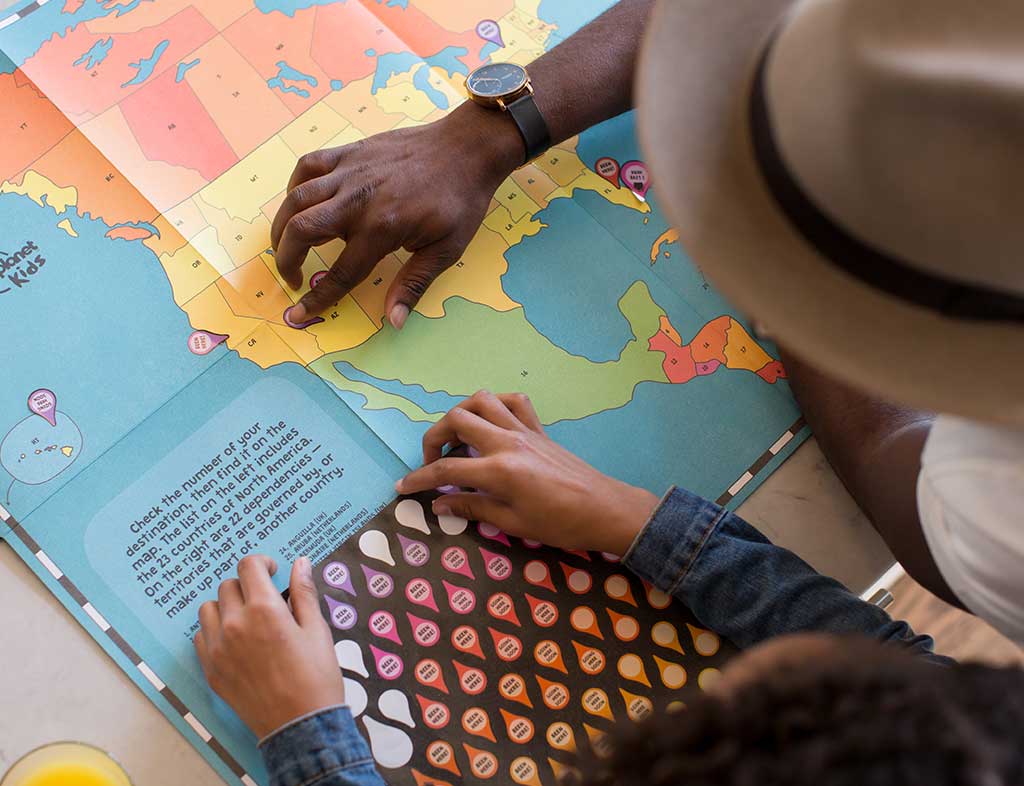
These are very important tools for authenticity and to gauge the mood of those questioned/surveyed. Google Forms is an easy to grasp and efficient tool that learners can use.
6. Reading, Research And Reference:
The importance of reading is undeniable. And research and reference techniques are to be imbibed and applied, without which plagiarism would be quite the norm.7. Graphic Organizers And Prompts:
Mind Mapping, Venn diagram, Burger Paragraph, Slow Writing Paragraphs, and many more GOs are scaffolding techniques that can be used to make studying simpler and more engaging for the learners.8. Negotiating Essential Agreements:
Especially with regard to discipline, punctuality, neatness in appearance, learning difficulties, class work, and projects, handing in assignments, bullying, and other issues. The classroom becomes completely learner led when these significant issues are discussed and essential agreements are made between the facilitators and learners.9. Mentoring Of Other Learners:

Learning Circle – A student-led learning circle would benefit the learners greatly. Each group of students (each circle) would be a healthy mix of different levels of students and those who are the best in different subjects. Thus, each learner in a circle will edify the others in the group. In this manner, all subjects can be revised by the learners themselves. The teacher/facilitator will be there to guide and encourage the learners.
10. Assessment For Learning:
Students make their own question papers as a class assignment. This teaches them to frame questions which will enable them to display their imbibing of the learning objectives.When thinking of topics for compositions – They learn to unpack the questions and deconstruct their demands. When drafting questions for comprehensions – They improve in their skim reading and scanning of texts for specific details as well as hone intensive reading techniques. Skills of analysis and interpretation are embellished.
The above mentioned and many other such strategies should be adopted, adapted and welcomed with open arms in each and every learner led classroom for a complete learning experience.
Written By, Ms Naghma Shaikh,
AS Level English Language Teacher,
JBCN International School, Borivali
